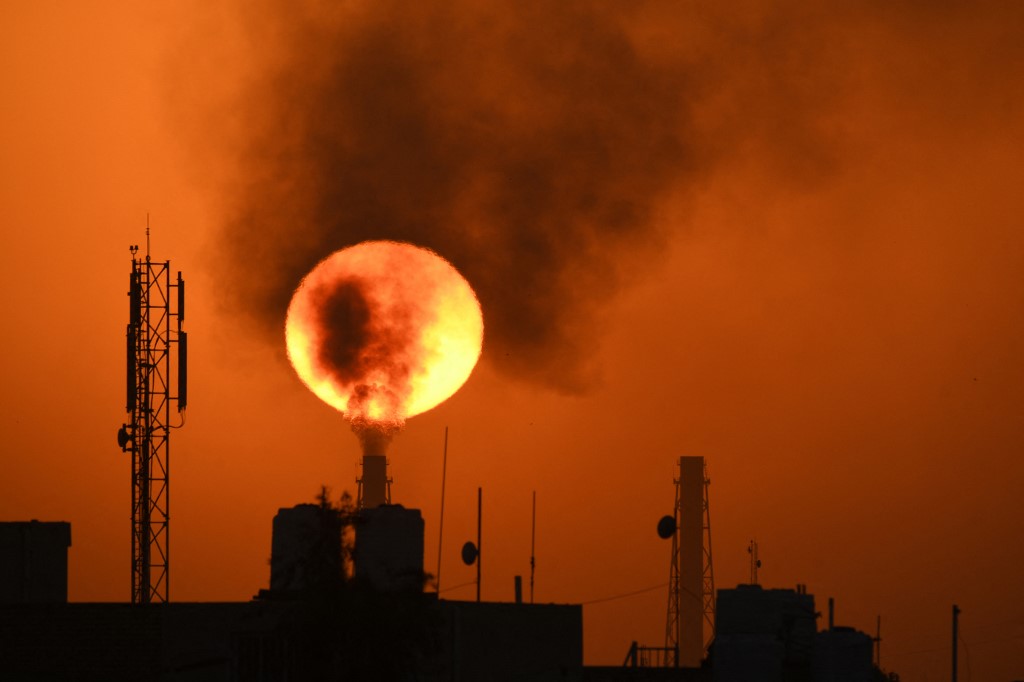Oil prices have remained relatively flat since the beginning of March. There is a huge resistance that has kept the price of Brent crude slightly below the $70 per barrel mark. On the week closing, Brent crude decreased slightly and ended the week at $69.22 per barrel. WTI crude prices ended the week lower at $65.61 per barrel.
With the US dollar at its strongest value since November 2020, like many dollar-denominated commodities oil prices have been inversely correlated. The steep rise in the value of the US dollar in recent weeks wasn’t able to push down oil prices, which remained well above $65 per barrel for both international benchmarks Brent and WTI.
According to the weekly figures from the US Energy Information Administration (EIA), the shutdown in many US refineries has squeezed gasoline inventories and pushed up gasoline prices. US gasoline inventories fell by 11.9 million barrels. On the other hand, US crude oil inventories rose beyond expectations, up 13.8 million barrels to 498.4 million barrels. A few weeks ago, it was 460 million barrels. This shows that the local US market continues to feel the effects of the February snowstorms that stalled refining and forced production shutdowns in Texas.
OPEC’s monthly report for March reflects its desire for a tight oil market strategy, at least for the second quarter. The report shows the recovery in oil demand will be focused on the second half of the year as the impact of the pandemic has continued. Hence, the OPEC forecast is that oil demand will rise by 5.9 million barrels per day (bpd) in 2021 to reach 96.3 million bpd, with most consumption appearing in the second half.
OPEC made a lower oil demand recovery adjustment, mainly due to extended measures to control COVID-19 in many key consumer markets. In addition, elevated unemployment rates in the US slowed the recovery process. In contrast, oil demand in the second half of the year is adjusted higher, reflecting expectations for a stronger economic recovery, with the positive impact of vaccination rollouts.
OPEC reported total commercial oil stocks among OECD (Organization for Economic Cooperation and Development) countries fell by 11.3 million barrels in January 2021. OECD oil inventories were 138.7 million barrels higher than the same month a year ago, 92.2 million barrels above the latest five-year average, and 125.7 million barrels above the (2015-2019) average.
OPEC reported that hedge funds and other money managers remained positive about the oil price outlook. Speculators further raised their combined futures and options net long positions linked to international benchmarks Brent and WTI to their highest in more than a year. The backwardation structure curve steepened further last month, as the market rebalancing process and decline in global oil stocks continue.

WEEKLY ENERGY RECAP: OPEC+ working tirelessly to drain crude product glutWEEKLY ENERGY RECAP: Oil prices extend weekly gains amid signs of improving global demand

